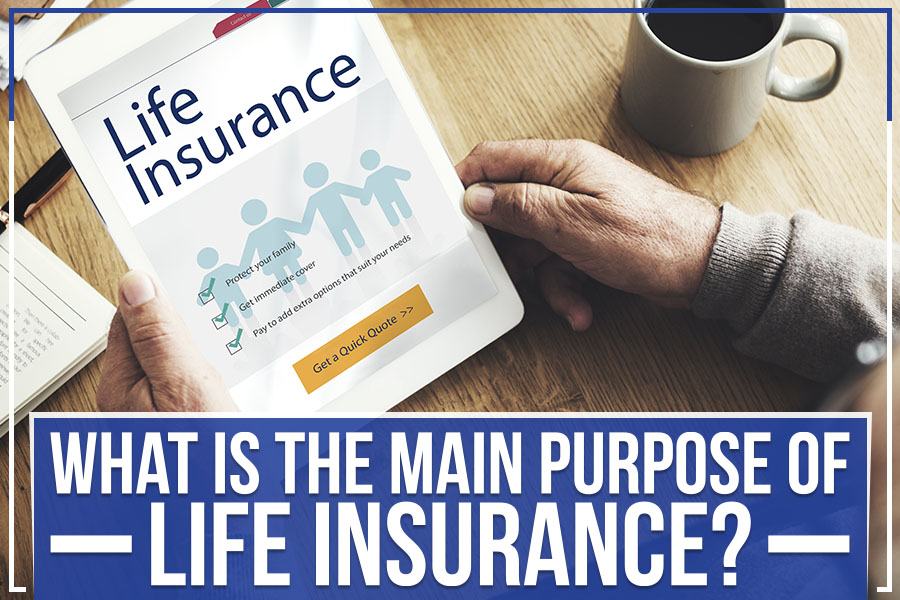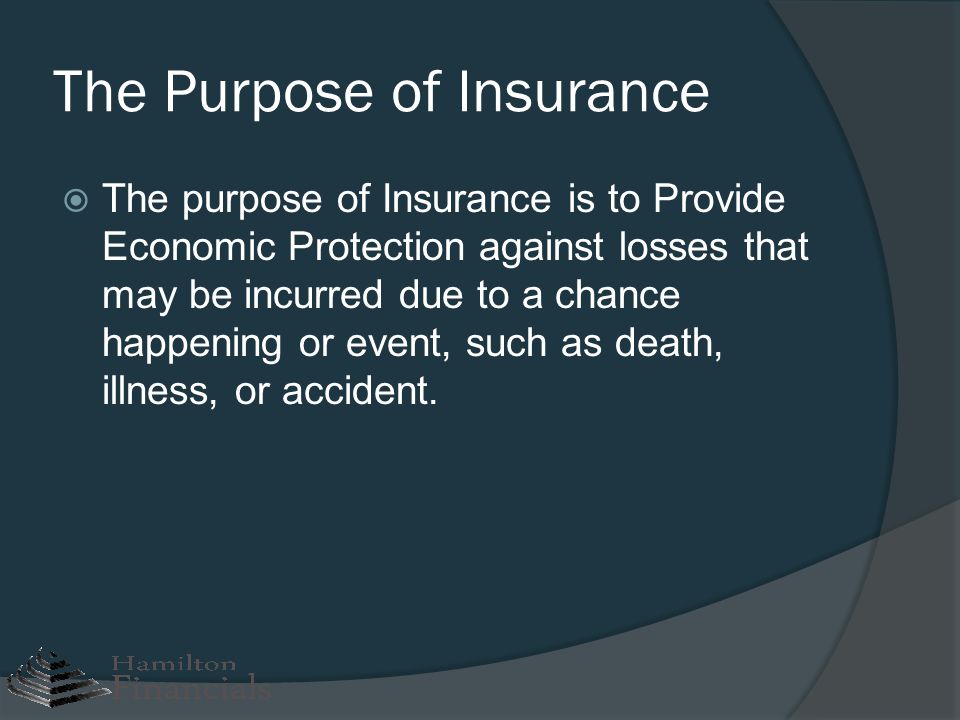The 15-Second Trick For Pacific Prime
The 15-Second Trick For Pacific Prime
Blog Article
The 5-Minute Rule for Pacific Prime
Table of ContentsGetting My Pacific Prime To WorkPacific Prime Fundamentals ExplainedSome Known Incorrect Statements About Pacific Prime The Pacific Prime PDFsPacific Prime Things To Know Before You Get This

This is since the information were accumulated for a period of solid economic performance. Of the approximated 42 million people who were without insurance, just about concerning 420,000 (about 1 percent) were under 65 years old, the age at which most Americans become eligible for Medicare; 32 million were grownups between ages 18 and 65, around 19 percent of all adults in this age team; and 10 million were children under 18 years of age, concerning 13.9 percent of all kids (Mills, 2000).
These estimates of the variety of individuals uninsured are generated from the annual March Supplement to the Existing Population Survey (CPS), performed by the Census Bureau. Unless otherwise kept in mind, nationwide estimates of individuals without medical insurance and proportions of the population with various type of protection are based on the CPS, the most commonly made use of resource of estimates of insurance protection and uninsurance rates.
Some Known Facts About Pacific Prime.

Still, the CPS is especially helpful since it generates yearly quotes reasonably rapidly, reporting the previous year's insurance policy protection approximates each September, and because it is the basis for a consistent collection of price quotes for even more than two decades, allowing for analysis of trends in coverage in time. For these reasons, in addition to the substantial usage of the CPS in other studies of insurance coverage that are offered in this record, we depend on CPS quotes, with restrictions noted.

The price quote of the number of uninsured people increases when a population's insurance policy condition is tracked for a number of years. Over a three-year period beginning early in 1993, 72 million people, 29 percent of the united state population, were without protection for at least one month. Within a solitary year (1994 ), 53 million people experienced at the very least a month without insurance coverage (Bennefield, 1998a)
6 out of every 10 without insurance adults are themselves employed. Working does improve the likelihood that one and one's family participants will have insurance coverage, it is not an assurance. Also members of households with two full-time wage income earners have practically a one-in-ten possibility of being without insurance (9.1 percent without insurance rate) (Hoffman and Pohl, 2000).
Some Known Facts About Pacific Prime.
New immigrants represent a substantial proportion of people without health insurance policy. One analysis has connected a substantial part of the current growth in the size of the united state without insurance populace to immigrants who showed up in the nation in between 1994 and 1998 (Camarota and Edwards, 2000). Current immigrants (those who pertained to the USA within the past four years) do have a high price of being without insurance (46 percent), but they and their kids make up just 6 percent of those without insurance policy nationally (Holahan et al., 2001).
The connection in between wellness insurance policy and access to care is well established, as recorded later on in this phase. Although the partnership between medical insurance and wellness results is neither direct neither straightforward, a considerable professional and health and wellness services research literature links medical insurance protection to better accessibility to care, far better top quality, and improved personal and populace wellness standing.
Degrees of analysis for checking out the results of uninsurance. It focuses specifically on those without any kind of health and wellness insurance policy for any size of time.
An Unbiased View of Pacific Prime
The troubles dealt with by the underinsured are in some aspects comparable to those encountered by the uninsured, although they are normally much less serious. Health insurance policy, however, is informative post neither necessary nor enough to gain access to clinical services. The independent and straight result of wellness insurance policy protection on access to wellness solutions is well established.
Others will acquire the wellness treatment they require even without medical insurance, by paying for it expense or seeking it from companies that offer treatment free or at highly subsidized rates. For still others, health insurance policy alone does not ensure receipt of treatment as a result of various other nonfinancial obstacles, such as an absence of health and wellness care suppliers in their neighborhood, limited accessibility to transportation, illiteracy, or etymological and cultural differences.
9 Simple Techniques For Pacific Prime
Formal research about without insurance populaces in the USA dates to the late 1920s and early 1930s when the Board on the Expense of Treatment produced a collection of reports concerning financing doctor workplace sees and hospital stays. This problem came to be salient as the numbers of medically indigent climbed up throughout the Great Depression.
Report this page